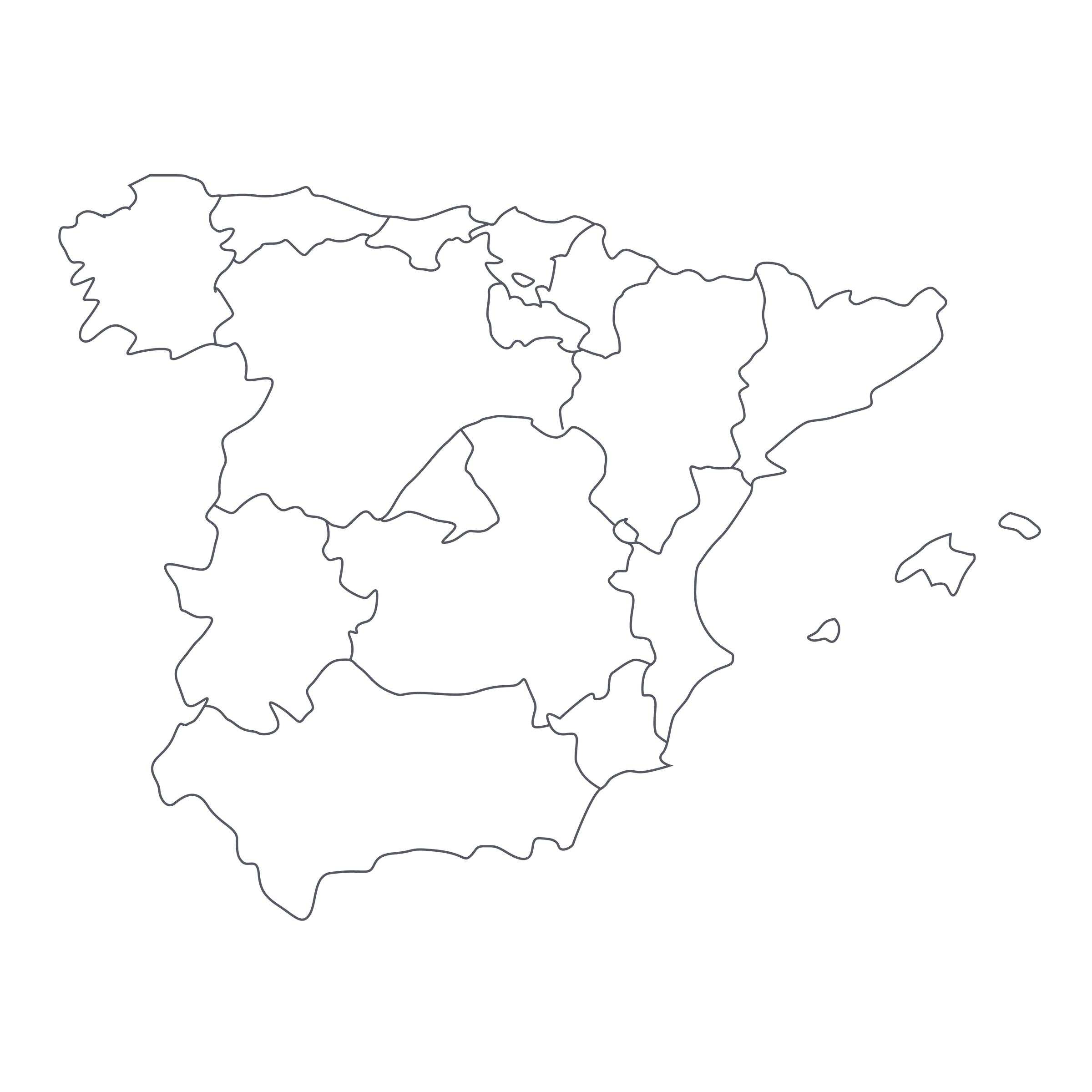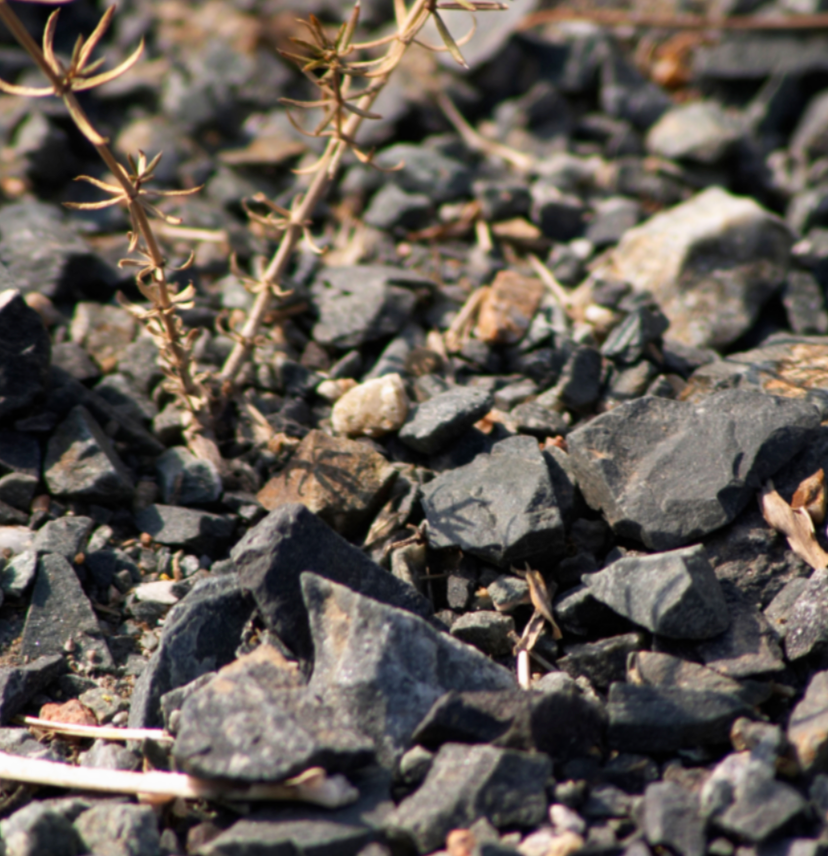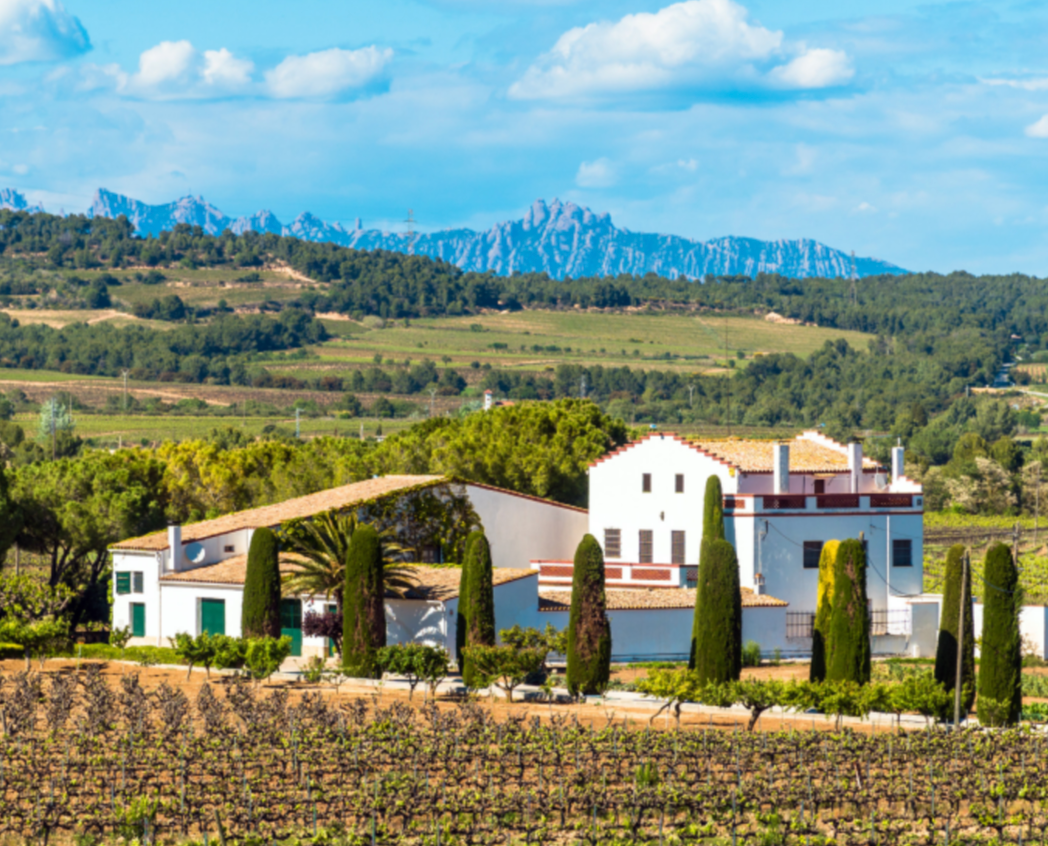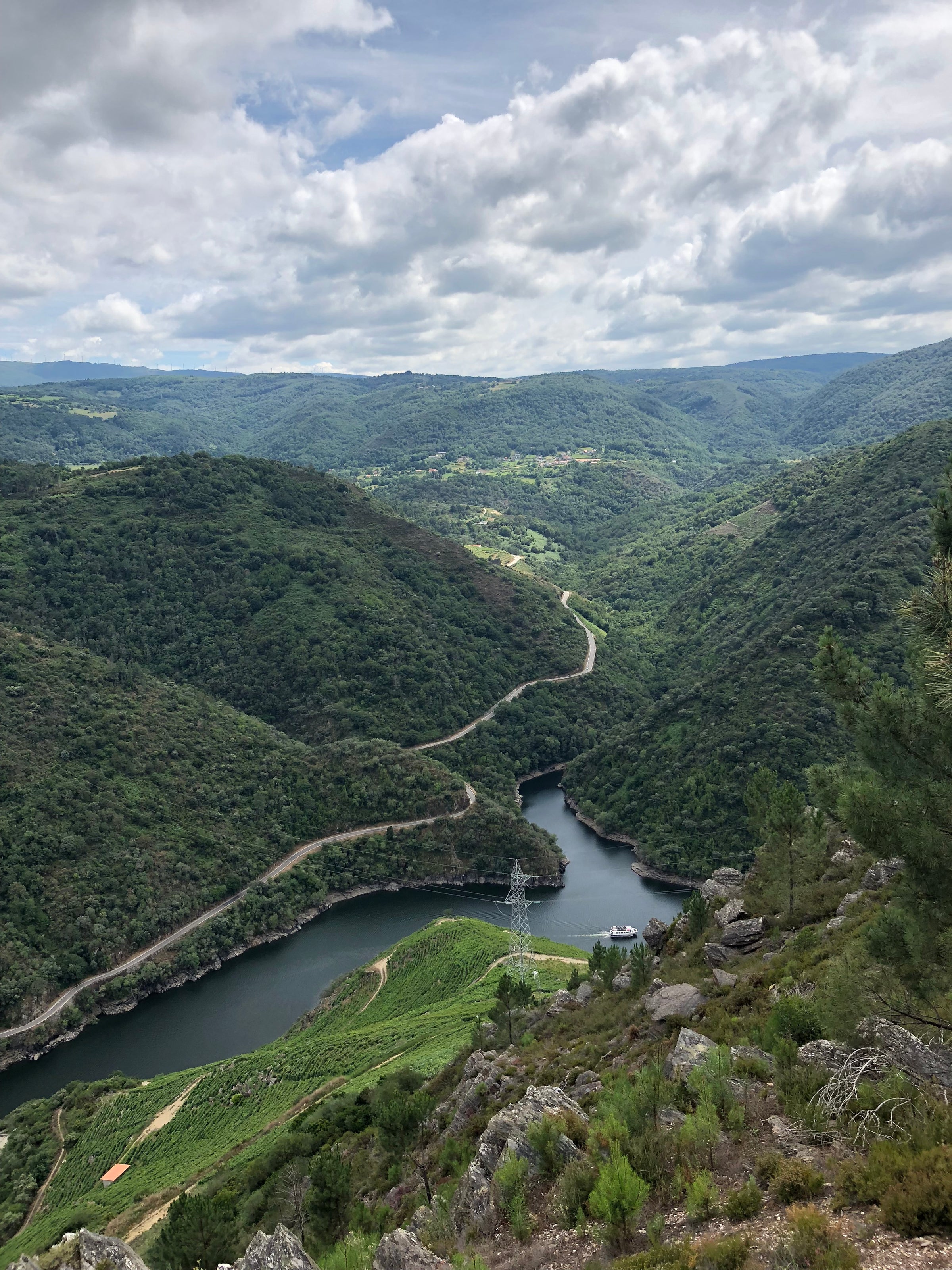Today’s wine comes from two new-generation vintners, working with old vines and an old-school mentality, to create a new label with an old soul. This is a familiar story in Spain’s Galicia region these days: Young producers literally tracing their vinous roots and coming up with wines loaded with energy, imagination, and soul.
A generation ago, Jesús Olivares and Curro Bareño might have ventured outside their native Galicia to make wine elsewhere. But they knew better; they knew greatness was right there in their backyard, which in their case is the twisting Bibei River Valley, which forms the eastern boundary of the Ribeira Sacra DO. Imagine a great chef venturing no further than his backyard garden to create a Michelin-starred meal and you’ve captured the spirit of “Peixe da Estrada,” a mesmerizing blend from long-forgotten, high-elevation vineyards planted to both red and white indigenous grapes. Mencía’s the (red) one you’re most likely to recognize, but there are a whole bunch of others lending this piquant, earthy red a kind of “otherness” that sent chills down the spine of everyone here at SommSelect. Believe me, when tasting hundreds of wines every week, tasting a wine like this is exhilarating. Macizo Ourensan, so named for the massif that defines the Galician province of Ourense, is one of the most exciting modern wine projects we’ve come across, and this is a region teeming with exciting new projects and young, ambitious winemakers. Gnarled old vines topping 60 years of age, co-planted to a mix of obscure indigenous grapes, provide the raw material for this riveting, naturally made red. This is the future and it is incredibly, invigoratingly bright!
The modern era of European wine, with its strict appellation guidelines, does not allow for ‘field-blended’ wines like “Peixe da Estrada.” Pushing the boundaries is risky, but it’s exciting and has a long, illustrious history in the world of wine. The list of winemakers willing to question the assumed wisdom is full of iconic names such as Domaine de Trevallon, Ornellaia, and Chateau Rayas. It is in this spirit that Jesús and Curro started Macizo Ourensan. Both men grew up in Ribeira Sacra and studied with some of the leading winemakers of the region. They began exploring areas nearby, including the area south along the Bibei river which serves as the western boundary of the Ribeira Sacra DO and the eastern boundary of the DO of Valdeorras. Here they found old vineyards scattered throughout the villages of the Viana do Bolo region—an area between traditional DOs qualifying only for a “Vino de España” designation. Prior to their discovery, these grapes were made into local blends or sold to distillers for production of the regional brandy. Jesus and Curro saw the incredible raw potential here: old vineyards planted at high elevation, with indigenous varieties that had been sustainably farmed by hand for generations, and all growing on sandy granite soils.
Peixe de Estrada is the village wine in the lineup, comprising a blend of their warmer vineyards from a few villages along the Bibei. These tiny plots are scattered across the region and the name, which translates to “fish of the road,” is a reference to the travel time required to get from site to site. Each vineyard contains vines between 60 and 80 years old planted on wide stone terraces and trained in the traditional “gobelet” style (bush vine). For the blend of grapes, about a third is Mencía, another third is Mourantón, Grao Negro, and Garnacha Tintorera, with the remainder being Bastardo (Trousseau), Godello, Doña Blanca, Palomino, and Colgadeira. These last four are all white grapes, usually making up about 20% of the total blend.
Fermenting white and red grapes together might seem radical, but if we can move past the idea of wine needed to be segregated by color, it opens up a world of possibilities. What emerges from this blend is a wine that defies categorization, most easily described as a light red but with body and depth bolstered by the white varietals as well. When in the hands of winemakers operating in a non-interventionist, almost natural style, the results are electrifying. Upon harvest, the grapes undergo native yeast, whole-cluster fermentation in vat, with a gentle maceration lasting two months. The wine is then aged for 12 months in a combination of 3000L foudres and 500L neutral French oak barrels.
In the glass, “Peixe de Estrada” reveals a deep ruby getting almost pink towards the rim. The color itself is the first indication of the unique nature of the wine. The nose is a combination of fruit and floral elements combining cassis, cranberry, raspberry, and cherry along with layers of violets, lemon oil, leather, and orange flower. The palate erupts with nearly electric energy, a refreshing acid profile, and smooth tannins. There is a hint of spritz to this wine, with a touch of CO2 still trapped in the bottle, adding to the freshness and liveliness. It will quickly dissipate after a quick decant, after which you should serve it on the cooler side, maybe around 55 degrees, in Burgundy stems. This wine can easily pair with a broad range of dishes but I can see it going beautifully with paella or tagine—if you don’t finish the bottle by dinner...





